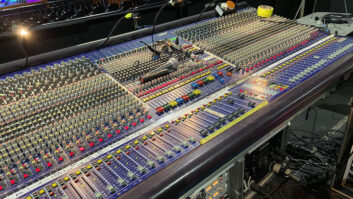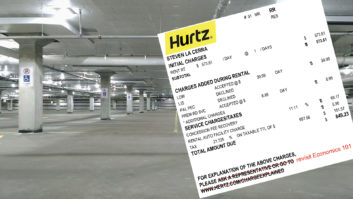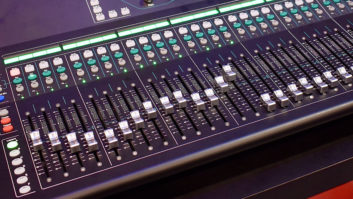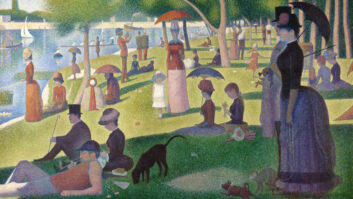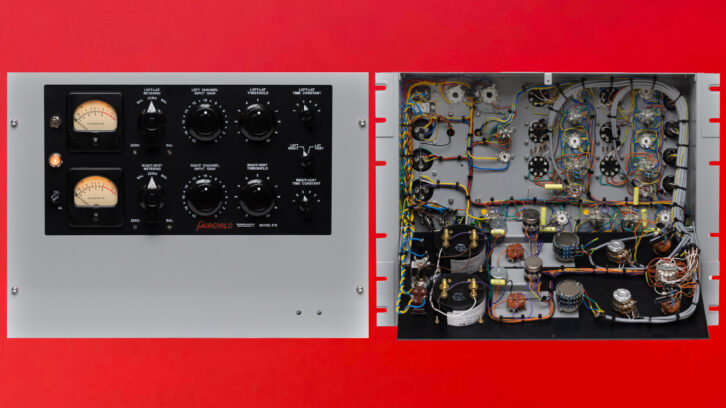
Whenever I attend an AES, I’m on the lookout for interesting gear, and one of the notable items I saw on display a few weeks ago was the new Fairchild 670 limiter. I guess that’s a bit of an oxymoron because the 670 has been around since the 1950s. It was invented by an engineer named Rein Narma (who built mixing consoles for Rudy Van Gelder and Les Paul) and manufactured by the Fairchild Equipment Corporation in Long Island City, N.Y.
The prime motivation behind development of the 670 (and its mono cousin, the 660) was to protect other gear, most notably radio transmitter tubes and cutting heads that might otherwise be damaged by excessive input levels. Like a lot of audio gear designed at that time, price point or user base weren’t the main concerns.
Fairchild knew pretty well that 670s were destined for deployment either at radio stations or mastering rooms, and the goal of the device—which incorporated 20 vacuum tubes and 11 transformers—was to achieve iron-fisted dynamics control with minimal artifacts, while maintaining maximum fidelity, price point be damned!
At the time, engineers weren’t yet using dynamics processors for special effects or to “create a vibe,” as we often do these days. It wasn’t until the 1960s that Fairchild limiters began to take on a different role, often being pressed into service by (guess who?) The Beatles for use on vocals and, later, drums, where they were an important part of that great Ringo sound.
It didn’t hurt that strapping a 670 across the stereo bus on its way to a mixdown deck or cutting head produced a sound that can best be described as “euphoric.” And that’s where the legend of the Fairchild sound was born, spurring a plethora of imitations, a few clones and a host of plug-in simulations.
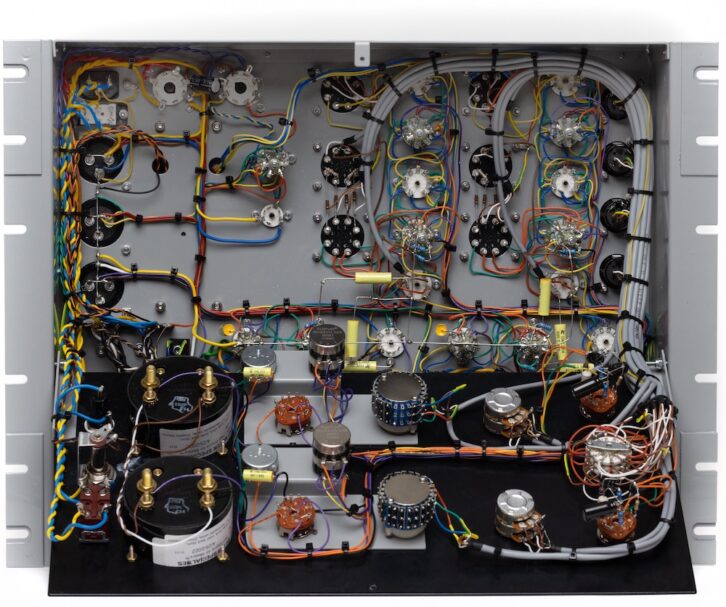
I was able to find two original Fairchild 670s for sale at the time of this writing, one with a price tag of $160,000, and another with a price tag twice that! The latter unit had a resumé that reportedly included Ardent Studios in Memphis, Tenn., where it was used on recordings made by Led Zeppelin, Bob Dylan, Stevie Ray Vaughan, Al Green, James Taylor and a host of other artists. I mean, really… does that make it sound any different from another unit that wasn’t used by those artists? I doubt it. But it would place bragging rights squarely in the hands of the new owner and add to the mystique of what is probably the audio world’s most revered (and most expensive) limiter.
Granted, asking price is often different from actual sale price—and the scarcity of these devices makes it tough to dig out information confirming what they may actually have sold for—but it’s a lot of cashish, regardless. In a lot of locales, that sort of investment can buy a modest home, the living room of which could probably be heated by the assortment of tubes in the 670. I sincerely hope that anyone who lays out that kind of money to purchase a 660 or 670 will actually use it, and not mothball it as a retirement investment.
Mix Live Blog: Financial Fallout
The unit I saw at AES was the product of a new company, Fairchild Recording Equipment, LLC. The company was formed by Toni Fishman, who, as founder and CEO of Telefunken Elektroakustik, is no stranger to the resurrection of classic audio brands. This new 670 was five years in the making and is claimed to be a painstaking re-creation of the original unit, including point-to-point hand wiring, custom-wound transformers and a complement of tubes identical to that of the original.
The build quality looks beautiful—and it should be, as it carries a hefty price tag of $35,000. That’s a bargain given the asking prices for a vintage unit, and you won’t have the headaches associated with maintaining a 75-year-old behemoth of audio technology.
Fishman is a smart businessman, as well as a top hardware designer, so I’m sure he studied the market for the new 670, and with prices of original units soaring into the stratosphere, there are plenty of studios and artists looking for a viable alternative to the Holy Grail of Limiters. This could be it.
I wonder if they’ll manufacture a 660 and sell it at half-price?


